For some time, we have been lead to believe that cooking with lard is bad for us and unhealthy. While this might be true about the processed, commercial lard found in today's supermarkets, the fact that homemade rendered lard prepared from natural, pastured pork is a healthy fat and excellent for many baking, frying, and other cooking purposes. Indeed, pastured pork produces lard that has many of the same health benefits as olive oil - and is unsurpassed in certain recipes for producing light, flaky pastries and tasty, non-greasy fried foods.
If you have a source for high-quality pork fat from well-raised, pastured pigs, then you should learn how simple it is to start making lard and begin using it in your home-cooking and recipes. On this page I will show you step-by-step how to easily prepare lard at home, talk in more detail about why lard is in fact good for you and your food, and also about how to find the right sources for lard near you if you are not currently raising your own pigs - and truthfully, how many of you are? Probably not many, but I'll bet you can find a source near you.


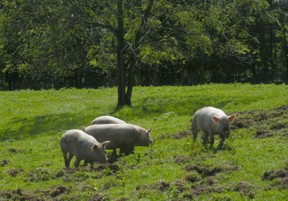 The secret to quality, healthy lard is starting with quality, healthy pork fat. Pastured pork means pigs which are allowed to live outside and enjoy the sunshine and natural environment as much as possible. When pigs are raised in such conditions, their fat becomes high in
The secret to quality, healthy lard is starting with quality, healthy pork fat. Pastured pork means pigs which are allowed to live outside and enjoy the sunshine and natural environment as much as possible. When pigs are raised in such conditions, their fat becomes high in 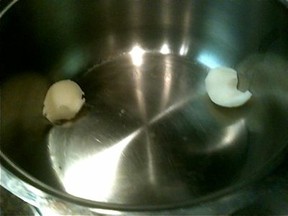 My mother began raising pastured pork several years ago. In the Fall of 2011 we had our first pig butchered for our own use (instead of sending to market). This pig was nearly 400 pounds in weight - and about 100 pounds of that was pure fat! We weren't sure what to do with all of the fat at first but I am a strong proponent of Nose to Tail cooking and eating - if an animal has given its life for our nourishment, I believe we should honor that animal by utilizing as much of its body and meat as possible. I read about preparing lard and other uses for pork fat, and thus began experimenting with preparing lard at home.
My mother began raising pastured pork several years ago. In the Fall of 2011 we had our first pig butchered for our own use (instead of sending to market). This pig was nearly 400 pounds in weight - and about 100 pounds of that was pure fat! We weren't sure what to do with all of the fat at first but I am a strong proponent of Nose to Tail cooking and eating - if an animal has given its life for our nourishment, I believe we should honor that animal by utilizing as much of its body and meat as possible. I read about preparing lard and other uses for pork fat, and thus began experimenting with preparing lard at home.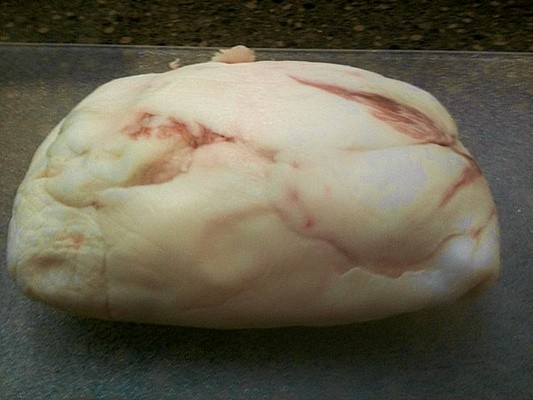
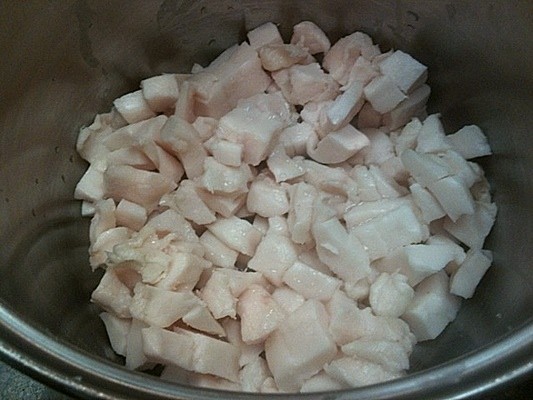
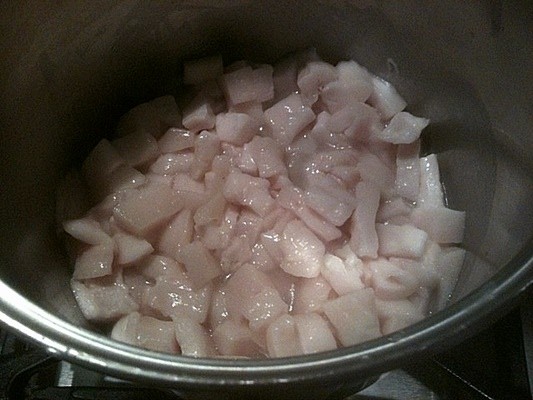
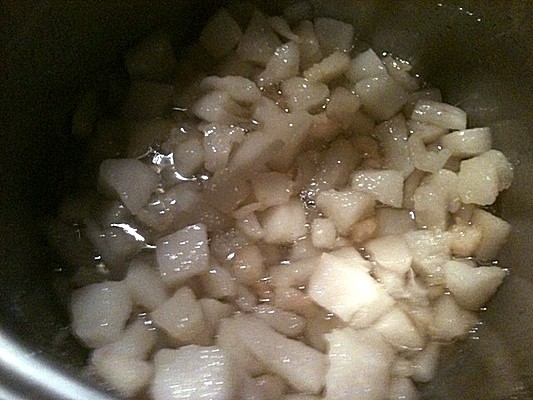
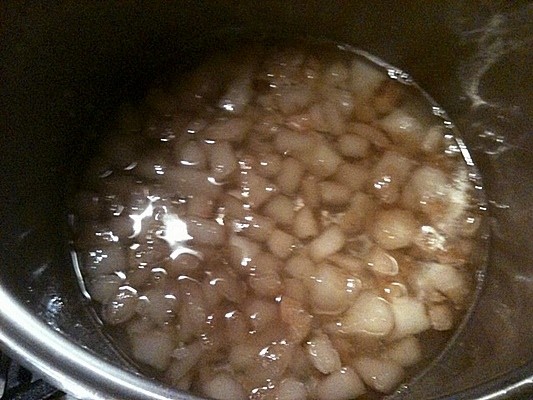
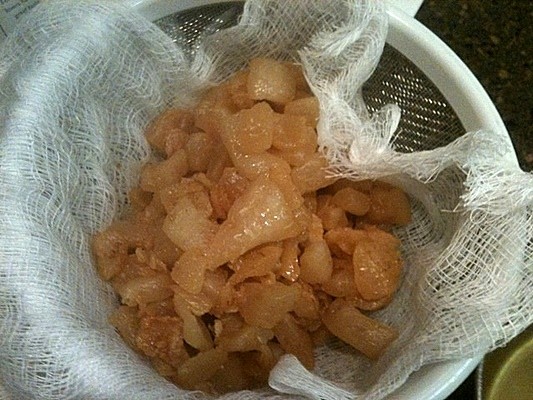
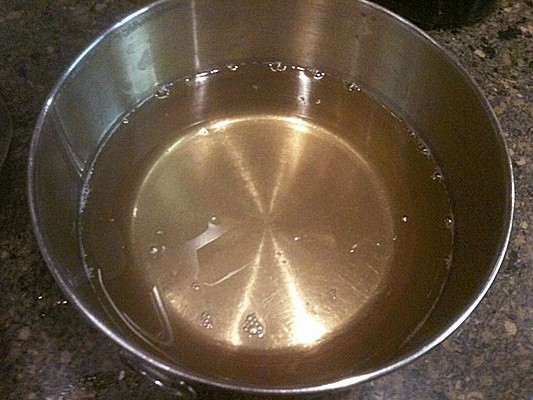
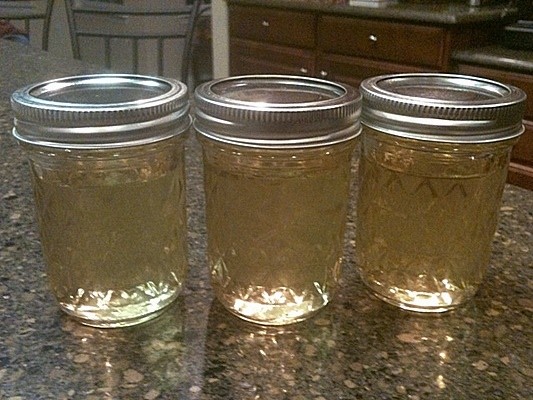
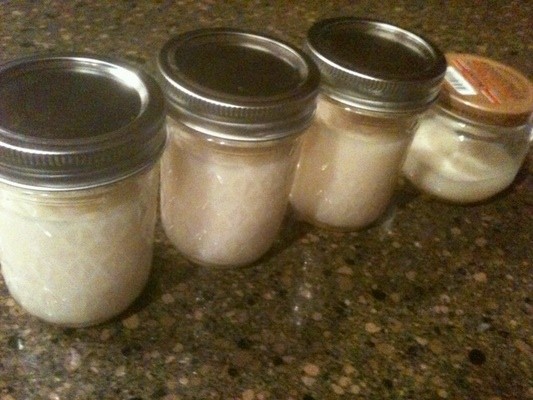


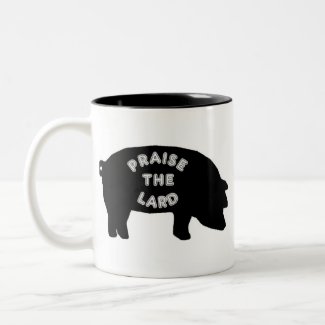
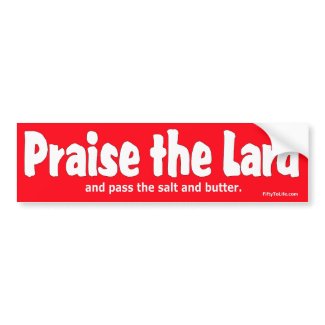


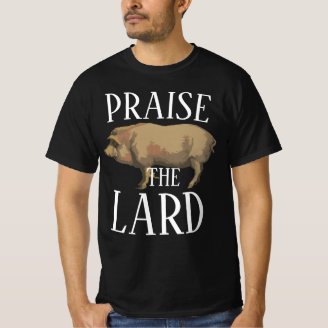
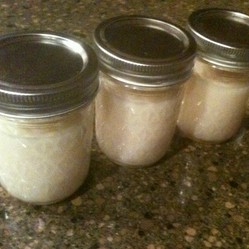

 A Potentially Fatal Accident in the Homeon 11/24/2018
A Potentially Fatal Accident in the Homeon 11/24/2018
 Windsurfing Lessons on Montserrat: One of My Funniest—and Fondest—Travel Memorieson 11/20/2018
Windsurfing Lessons on Montserrat: One of My Funniest—and Fondest—Travel Memorieson 11/20/2018
 Christmas Ornaments Celebrating Rome, Italyon 11/12/2018
Christmas Ornaments Celebrating Rome, Italyon 11/12/2018
 Philadelphia-Themed Christmas Ornamentson 11/09/2018
Philadelphia-Themed Christmas Ornamentson 11/09/2018

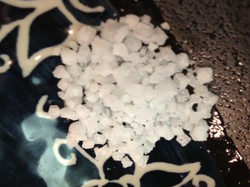
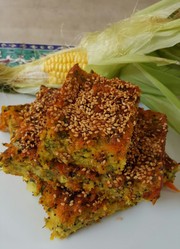
Comments
I agree with you about nose to tail cooking, for wasting any part of the animal is not right; and what you say about pastured pork makes sense.
The danger is in the dose. If we eat too much of anything, including lard, it will harm us, but as long as you are sensible and eat the right portions of various materials we will gain much benefit.
Lard. I always have lard in the fridge. Here in the North of England independent butchers often sell it in their shops and I had wondered why it is so superior to the grocery store stuff.
I think the secret is to use it in moderation. For dishes such as proper Yorkshire Pudding ( Oh my word , my favourite ! ) or English fish and chips, lard is the only thing I will use. I also use it in pastry using my mum's method.
Lard does make food taste better but as my butcher provides it I buy it from him.
A very good article Sockii and well disussed. TY.
It's definitely worth making your own if you have a source for good quality pork fat.
I've been using lard for years but I never made it myself. After reading your article I might try!